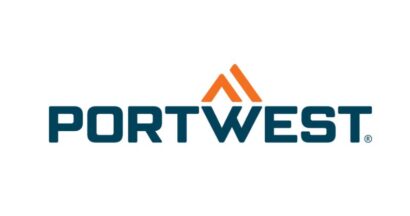Strategy
Once a plan is put in motion, creating a comprehensive and holistic strategy is important for successful UAT implementation.
Refer to test policies.
Different organizations have different cultures and business practices; some may have developed from historic needs and others from dynamic approaches and may have pre-existing test policies.
Having these, however, does not mean they will be appropriate for every test, and reviewing them to determine if they can be implemented needs to be determined early on. However, if you’re going to adapt these policies for the test, this also needs to be outlined early in the process.
If your organization does not have test policies, take the opportunity to outline a policy for future guidance and best practice but be mindful of how testing is dynamic and policies may not fit every scenario.

Things to consider
- Does your already existing policy for UAT work for this project?
- Does the policy need altering?
- Does a policy need to be written?
- If you’re not following the policy, outline why not and get secondary feedback.
- How is the project risk impacted by policies?
Determine the strategy
Once the plan and initial preparations have been completed, determine a strategy that accounts for everything discovered from the preparations.

Things to consider
- Do you need a fully test-case-driven, documented approach?
- How much exploratory testing is appropriate?
- What resources will be used and in what way?
- Who will write the test cases?
- Level of detail needed vs SME knowledge
- Are detailed test scripts required?
- Who will carry out the tests?
- How will they do them?
- How many rounds of testing will be required?
- Will it all be manual?
- Is there an exploratory testing phase?
- Can you build in automation as you go?
- How will you determine readiness?
- What metrics will guide you in this, and how will you gather these along the way?
Determine the UAT tools to be used.
As with every test, using specific technology can make life considerably easier. There are 4 key areas to consider
4 KEY AREAS TO CONSIDER
1) You may need a platform to manage the projects’ assets combined with communication, resources assignment and scheduling. Fundamentally, it will act as a test management solution to support the users and the project’s needs.
The working and strategy may have different facets depending on the approach. For example, you may have ‘issues’ that do not fall under ‘defects’ or ‘feedback’ segmented by positive, negative and neutral results. Regardless of your approach, your test management platform will need to be designed to support the style of UAT being planned and the users’ needs.
Technology can capture user actions unobtrusively and accurately with little to no effort, especially if you plan to implement exploratory testing. Historically, capturing results is one of the most frustrating aspects of UAT, with users getting tired of documenting via print screen and pasting to Word when errors occur and manually detailing what happened.
This historic method is unreliable as it depends on honest and meticulous users documenting the process. There are inexpensive solutions for capturing the process, which can be easily implemented and take the pressure off users.
UAT needs to be repeated to ensure the results are as accurate as possible; however, after several testing cycles, automation can be implemented to seamlessly run the software, checking for issues that manual testing has overlooked.
The testing process needs a test environment and consistent data to go with it. Test data management tools help handle the data collected, ensuring it is easy to validate when integrated with automation and capturing user actions technology.
Factors to consider for technology
Before implementing technology for the project, there are factors that need to be considered:
Things to consider
- How will you organise test assets?
- Requirements
- Test cases
- Test scripts
- Test results
- Issue Reports
- Defects
- Surveys
- How will you ensure traceability for test coverage?
- How will tasks be allocated?
- How will users know what to do and when to do it?
- How will progress and KPI’s be measured?
- How will test results be captured and analyzed?
- Can aspects be automated?
- What automation solution fits team, skills, timescales, approach and business objectives?
- Are there existing tools, or will you need to acquire them?
- How will you create consistent test environments?
- How will you communicate with product teams, business users, stakeholders and buy-ins?
As with any testing process, not all phases need to be implemented within every project, but each should be considered to achieve the best possible outcome.
We are covering the whole approach to UAT in a step-by-step guide. You can read the next part, Planning, or any of the other sections here:
Strategy
Our UAT solution makes testing faster and easier for users and managers alike. Build, test, capture and manage your tests all in one place. Reduce effort by 60% in minutes.











